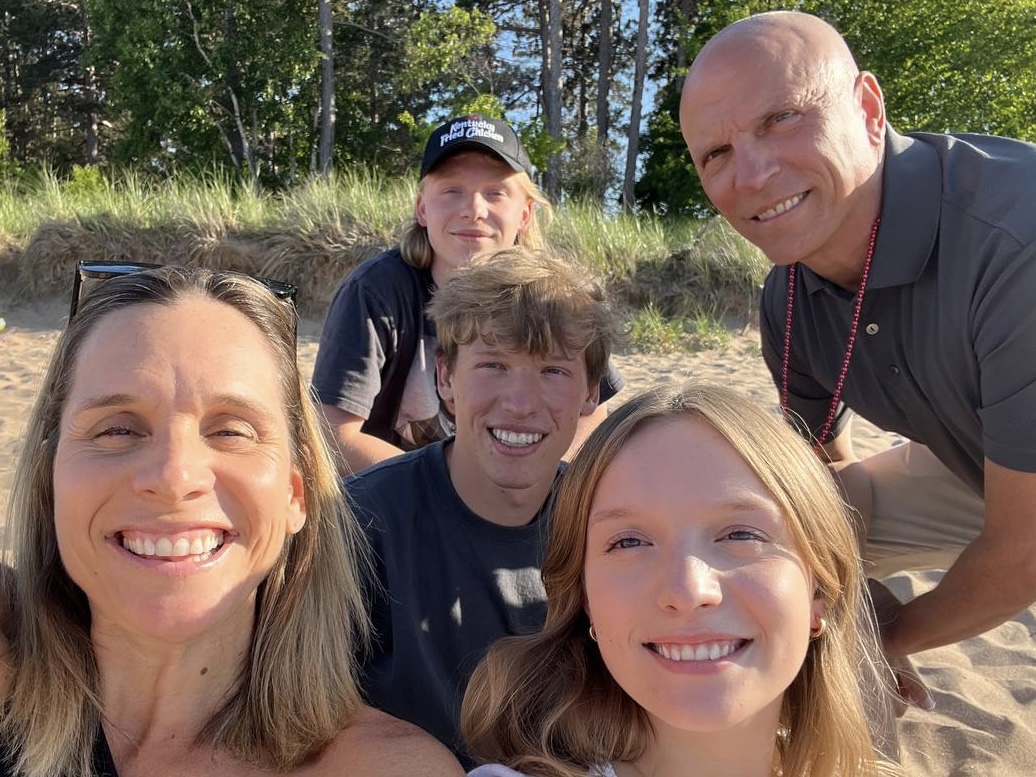My wife Nadia is an artist and loves the cultural arts of Uzbekistan. We visited the Fergana Valley on December 28-29 to see the famous ceramics of the village of Rishtan and the ikat textiles in the city of Fergana. Our first stop was in Rishtan, near the border with Kyrgyzstan. It is one of the oldest centers of ceramics in Uzbekistan because of the fine clays found underneath the area. For over 800 years, potters from Rishtan have been using the blue-green glaze called ishtar. The workshop of Alisher Nazirov was recommended to us and it certainly didn’t disappoint. He was not there, but several of his students helped us select some pieces and they even fed us a nice lunch of the ubiquitous plov. Nazirov’s work is displayed all over the world. We were surprised to see a Japanese language school on the premises. I think he must have married a Japanese woman and he studied in Japan and infused his work with a Japanese aesthetic. It was funny, because we didn’t notice until we were leaving and we could have done the transactions in Japanese language, instead of struggling with Uzbek and Russian. Nadia loves pottery and we’ve travelled the world in pursuit of it. She purchased some stunning plates and bowls and I even got a coffee mug.
The drive from Tashkent to the Fergana Valley is about 4 and 1/2 hours. The highlight is going over the Kamchik Pass. It was quite dramatic going from the foggy lowlands up into the sunshine of the high altitudes. I marvelled at the snow fences to help prevent avalanches. I snapped the photo above at a reststop. Most of the drive was boring as driving this time of year in Uzbekistan can be grey, muddy and quite dreary. The drive would be 100 kilometers shorter if we didn’t have to go around Tajikistan. Damn Stalin with his borders! It is a shame that the Central Asia Republics do not have open borders like the EU. It would shorten journeys and improve the economy for all the countries. The Fergana Valley is the “toe” of the shape of the map of Uzbekistan that pushes into Kyrgyzstan. The cities of Kokand, Namangan, Andijon and Fergana sit in the valley. The region does not get the number of tourists that the Silk Road Cities of Khiva, Bukhara and Samarkand receive. However, it is a pleasant place to visit. I would like to go back to Kokand the next time I am in the region and perhaps cross the border and visit Osh in Kyrgyzstan.
On the second day we visited the Yodgorlik Silk Factory in the city next to Fergana, Margilon. They had to open it for us and it was not worth the visit. We enjoyed a coffee with the manager, but without silk production taking place and the cold weather, the gift shop did not have a wide selection. We found a beautiful Handcraft Center in another part of the city. It looked like a government effort to support the local artists. There were probably a hundred women weaving carpets and doing the traditional dye (ikat) of textiles. There was a big showroom of crafts. I was joking with them that there was only one rack of robes for men and hundreds of racks of clothes and materials for women. Nadia bought a coat and some material. She is reupholstering furniture in traditional Uzbek culture art patterns. A very cool idea and a little side business for her.
The city of Fergana looks similar to Tashkent. It was never a big silk road city and was mostly developed by the Russians. They built the Fergana Canal that brought agriculture to the valley and today, it is one of the “breadbaskets” of Uzbekistan. I thought there was quite a bit of pollution, perhaps because of people burning coal and its position in a narrow, mountain valley. We had a really nice meal at The Loft and a pleasant stay at the new Grand Fergana Hotel. I noticed the city if not very cosmopolitan as we were looking for a bottle of Georgian wine we like, and they only had domestic wines in the 4 shops we tried. The Palace of Art and the large park in front of it was filled with people admiring the New Year’s tree and lights.

It was a nice little get-away and it was good to support Nadia in her pursuit of the arts. I was disappointed that none of our kids wanted to go with us, but we had a good time anyway. We connected with three of the new teachers and had a lot of fun in Fergana. I am not enthused about ceramics and textiles, but I do enjoy being part of my wife’s passion for art, color and design.








